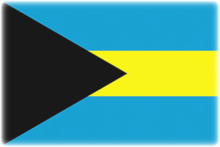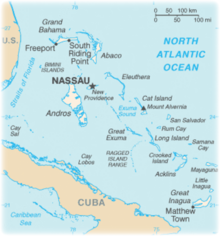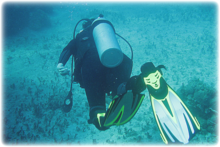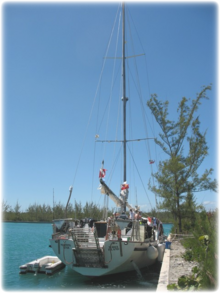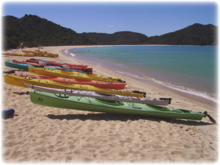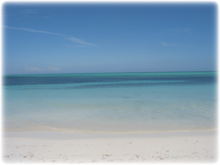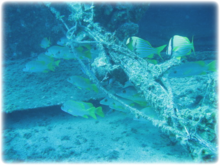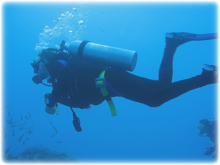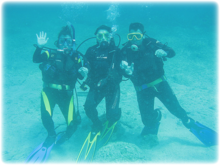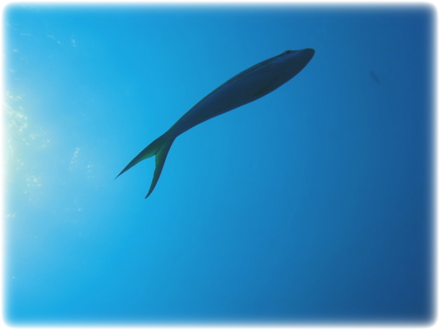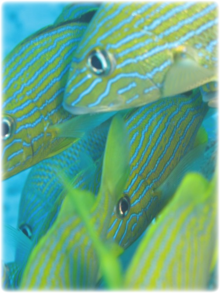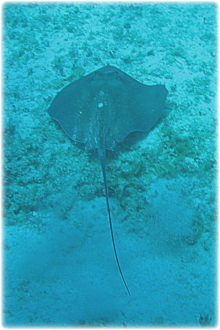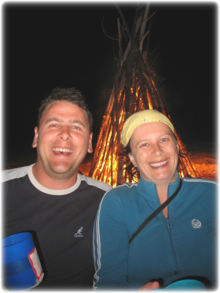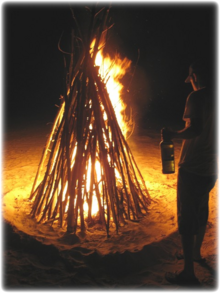
General Information
| Languages : | English (official), Creole |
| Currency : | Bahamian dollar (BSD) |
| Time Zone : | EST |
| Capital City : | Nassau |
| Population : | 0.3 Million |
| Government : | Constitutional Parliamentary Democracy |
| Total Area : | 5,382 mi² |
| Climate : | Tropical marine; moderated by warm waters of Gulf Stream |
| National Holidays: | Independence Day, 10 July |
| Additional Info: | Bahamian culture is a hybrid of African and European influences. Regattas are important social events in many family island settlements. They usually feature one or more days of sailing by old-fashioned work boats, as well as an onshore festival. |
Destination Activities
Activity Details
Scuba Diving
Note - the Bahamas now requires all US visitors arriving by air to have a current passport - a driving license is no longer sufficient to travel here. Visitors arriving by sea will soon also require a passport - check before traveling.
A popular way to scuba dive in the Bahamas is to join a boat cruise that takes you from island to island. They will plan the route based on best weather and diving conditions and by talking with other dive operators in the area to see where most unique blends of fish have been discovered. Some of them will try to include a shark feed dive in their itinerary, if weather conditions allow, which is a unique opportunity for many divers since the state of Florida banned shark feeding trips that catered to snorkelers and scuba divers in 2001. This writer went with Blackbeard Cruises on a live aboard week long trip in May of 2007. The conditions did not allow for a shark dive (after a near miss of a Tropical storm in the area) but many of the divers spotted nurse and reef sharks while diving or snorkeling. The tour itself was great for adventurous folk who don't mind roughing it a bit as far as sleeping conditions and hygiene are concerned (fresh water showers are limited) but the onboard chef cooks up a delight which is most appreciated after 203 dives per day and one night dive option in the evening.
Dives include reef, wreck, shark, drift and night dives. This is a fish lover's dream and all those books you have getting dusty on your book shelf about recognizing reef fish can now come into play. It seemed like thousands of species of fishes were available to the keen spotter. Some divers on our trip came across a lion fish, one that had escaped from an aquarium and is now disrupting the ecosystem in the Bahamas, as it is not indigenous to the area. Rays and sharks lurk around every corner. The reefs themselves are amazing, some having amazing 20ft high walls and caves to explore. Most of the trips explore either the Bimini chain, Freeport area or the Berry Islands of the Bahamas.
Fishing
It's not a secret that the Bahamas has some of the best sports fishing you'll find anywhere in the world. The waters that surround Bahamas' 700 islands are teeming with the most prized game fish. Anglers from all over America come here to hunt down kingfish, wahoo, dolphinfish, among others. Some of the most popular spots to fish are detailed below:
Green Turtle Cay, located in the "Abaco Out Islands", is 3 miles long and 1/2 mile wide. It was named after the abundance of green turtles that inhabited the area. It is a one hour flight from Fort Lauderdale, FL (United_States). The best side to fish from is considered to be the east side by most anglers. Here the angling is mostly fly fishing and the target is the challenging bonefish.
Grand Bahama, one of the northernmost of the islands, is the closest major island to the United_States, lying just 55 miles off the coast of the state of Florida. Grand Bahama is the fourth largest island in the Bahama island chain of approximately 700 islands. The tropical waters surrounding this island are home to some of the best game fish. Among the fish lurking offshore are white and blue marlin, yellow-fin and blue-fin tuna, barracuda, king fish, Wahoo, bonito, and dolphinfish.
Exuma is a district of the Bahamas, consisting of over 360 islands. The largest of the cays is Great Exuma, which is 37 miles in length. The entire island chain is 130 miles long and 27 sq. miles in area. A great location for deep-sea fishing, reef fishing, bottom fishing or fly-fishing. The Exuma flats are world-renowned for challenging bone fishing, and the 6,000ft depths of the Exuma Sound typically bring in record number of marlin and other spectacular sailfish.
Kayaking
Whether you rent boats on your own or join an organized tour, there are several great sea kayaking destinations in the Bahamas.
Exuma: On the Great Island, you can kayak to Crab Cay, through Moriah Cay National Park, to Anne's Creek at Cocoa Plum, or along Great Exuma's southside. Experienced sea kayakers can take a week-long, 50-mile trip through Exuma Cays Land and Sea Park, 176 sq. miles of fish-filled waters and minuscule cays populated with white-tailed tropical birds and the faded ruins of British loyalist plantations. Beginner paddlers, who may prefer day trips, can explore the red mangrove colonies and bonefish flats of the nearly deserted south side of Grand Exuma. Keep your balance as dolphins leap across your kayak's hull!
Lucayan National Park, on Grand Bahamas, is home to the caves, which comprise one of the longest underwater cave systems in the world. While on this island, you can also kayak through the quiet waters of Gold Rock Creek, where the water is never more than waist deep. The creek is a pristine mangrove environment and a habitat for bird and marine life.
Abaco: A great way to explore the hidden wonders of the shores of Abaco, kayaking here is peaceful, almost like being on a deserted island. As you navigate through the creek system in the Angel Cay, where the average depth is not more than a few feet, the clear water affords you views of the sea life below, including eagle rays, nurse sharks and schools of small snapper. Paddling through the mangroves, which is a nursery for lobster and many different species of fish, observe how the creek beds are thick with soft corals and gorgonians in the deep spots and turtle grass and Cassiopeia jellyfish rest in the shallows. Many organized day trips include time for snorkeling on the coral reef and cater for beginner and family kayakers.
Photography
If you have adventure-travel related experience in this region and would like to add content to this page, please contact us to learn how.
